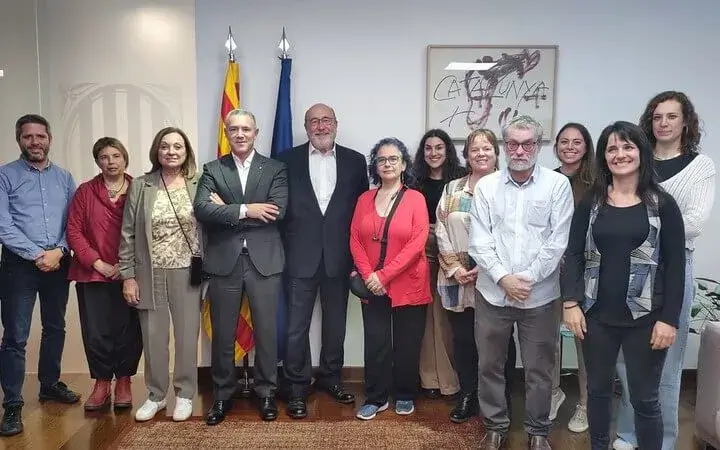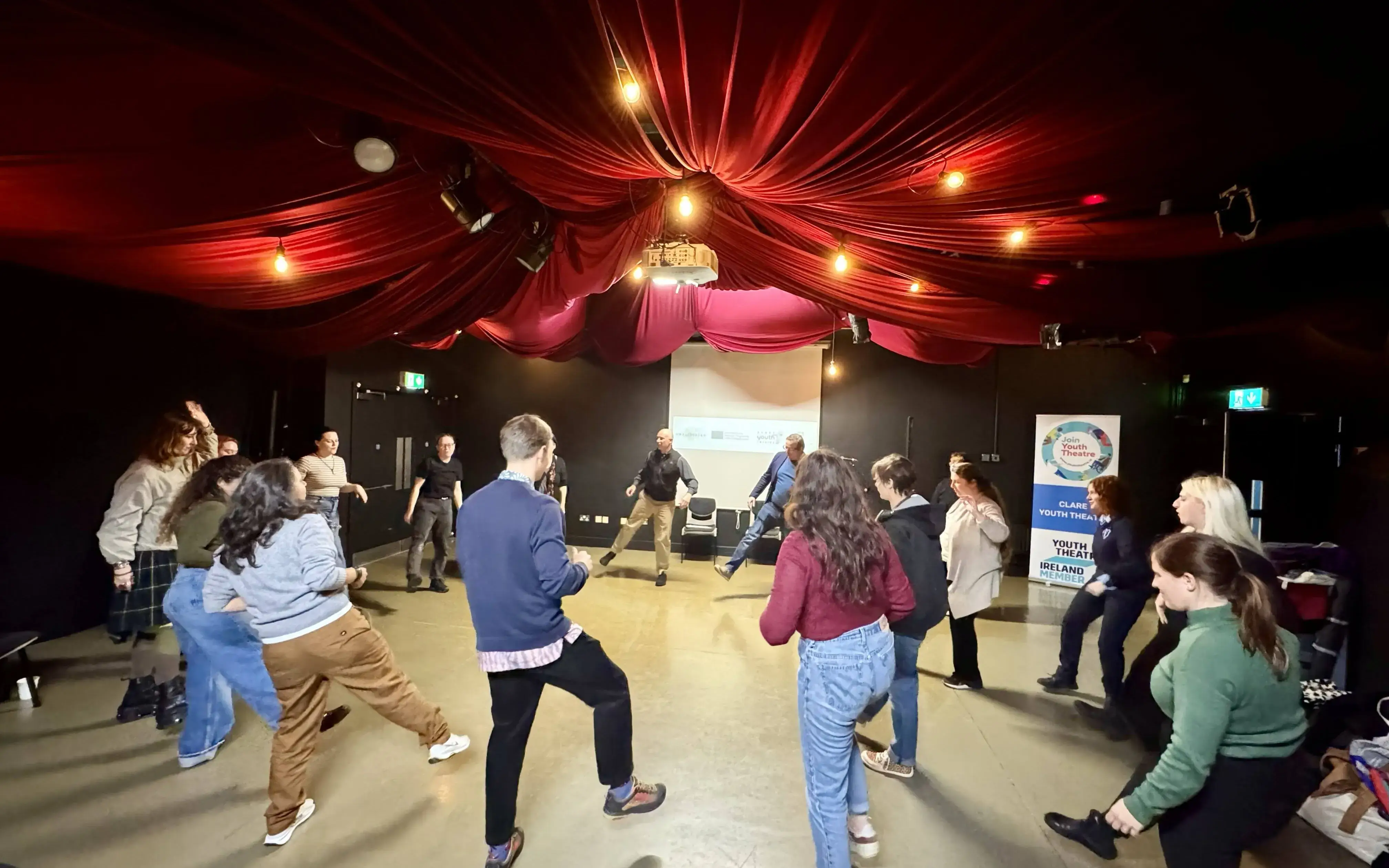Bernard Enjolras: "The third sector has the third largest workforce of any 'industry' in Europe"
Ahead of the Final Conference of the Third Sector Impact project, which took place on the 9th November in Brussels, we talked with its coordinator about the European third sector's definition, impact and challenges.
Several Third Sector definitions coexist nowadays in Europe. What are the differences between them?
One may distinguish four perspectives focusing on different parts of the third sector. A first pesrpective has traditionally focused on associations and foundations, which are distinguished by the fact that they do not distribute any profits.
A second perspective, that of the social economy, delimitates its field on the basis of the organizations’ legal status: cooperatives, mutuals, and associations. Unlike the nonprofit perspective, the social economy perspective includes also organizations that while not seeking to maximize profits, nevertheless can distribute all or a portion of any profits they earn to their members.
A third, relatively new, perspective focuses on organizations that pursue a social or environmental purpose through a market-based business, covering all or a substantial portion of their costs through market sales. The term commonly used to depict this cluster is social enterprises.
Finally, the last perspective on potential third sector manifestations focuses on the more spontaneous forms of citizen action reflected in public demonstrations, social movements, and certain forms of volunteering. The term commonly used to depict this cluster, is “the public sphere,” or “civil society”.
Why is important to agree on a unique definition?
The third sector and volunteering represent a unique ‘renewable resource’ for social and economic problem-solving, and civic engagement in Europe. However, Europe cannot take full advantage of this resource unless it develops a clearer understanding of the third sector’s scope and scale, its existing and potential impacts, and the barriers that are impeding its full contributions to the continent’s common welfare.
Without a consensual definition of the third sector, this important sphere of society lacks a sense of shared identity, self-awareness, visibility and legitimacy. The European third sector has the third largest workforce of any “industry” in Europe. Only trade and manufacturing have a bigger workforce in Europe. But because of the lack of a common definition the third sector is invisible and powerless, compared to other sectors of activity.
Which are the main challenges for the European Third Sector organizations? In which way are they common in the different European countries?
Our research has identified an array of common trends and barriers to Third Sector Organizations (TSOs) development as a result of changes of their environment. First, as the bonds to TSOs have eroded, a continuous supply of volunteers and members does not automatically occur anymore as volunteers have to be actively retained, leading to a tendency towards the management of volunteering.
Second, the modes of financing have profoundly changed as a result of the rise of neoliberalism. The market logic has expanded to the field of public policies and vast austerity measures that have been implemented following the financial crisis of 2008.
Third, TSOs are under increasing bureaucratic pressures as a result of the introduction of “New public management” reforms entailing a shift from trust-based relationships between the sector and the state to relationships based on administrative control and extensive reporting.
Fourth, TSOs are faced with limited access to critical facilities and infrastructures for organizing volunteer-based activities. Finally, as a result of financial pressures, the conditions of employment in the sector are deteriorating, resulting in increasingly part-time and low-paid jobs.
Which are the main contributions of the project to the impact measurement of the European third sector?
We have defined third sector impact as “direct or indirect, medium to long-term consequences of the activity of volunteers or of the third sector organizations on individuals or on the community, ranging from neighborhoods to society in general”.
Third sector organizations and volunteers are fulfilling a set of functions or roles in society such as service provision, advocacy, community-building, and value-maintenance. For each of these roles played by third sector organizations, it is possible to infer a set of expected impacts into six domainst: well-being and quality of life; innovation; civic engagement, empowerment, advocacy and community building; economic impacts; and human resources impacts. Some of these impacts are distinctive to the third sector organizations.
Based on this conceptualization and methodology, the project has carried on several types of empirical assessment of the socio-economic impact of the third sector.
What comes next? What happens after the end of the project?
We hope that the Third sector Impact project will contribute to enhancing the visibility and legitimacy of the sector. However, further steps have to be undertaken in order to achieve this objective. Statistical standards for the third sector remain to be adopted by the European statistical authorities. The sector needs a common methodology and better data in order to better assess its socio-economic impact. Most of all, a renewed culture of government-TSO relations – recognizing the specificities of TSOs and their distinctive contributions – and a policy environment favorable to TSOs have to be promoted across Europe.













Add new comment